I still remember the French “Tay Nguyen scholar” Jacques Dournes once expressed his feelings about that “Mysterious Land” with the classic saying: “If you have to understand to be able to love the Tay Nguyen, you have to love to be able to understand the Tay Nguyen”. That saying has become the mindset of those who devote all their love to this land. Scientific researchers, artists at home and abroad when coming to the Tay Nguyen are all fascinated by that “Mysterious Land”. From here, they have “lived” and expressed their gratitude to the Tay Nguyen with their dedicated research, collection and description works to introduce this land to the vast world in terms of history, culture and profound humanity.
Ambassador Sabatier came to Dak Lak to take office (in the years 1913 - 1926) and was fascinated by the nightly recitations/epic stories of the indigenous Ede people; then he personally researched, collected and published a massive epic called Dam San in 1927, surprising the world with the unique and rich cultural heritage of this little-known land.
Then, in the 1940s, ethnologist Georges Condominas left the civilized, modern life of France to go to Sar Luk village (in Krong No commune, Lak district today) to live close and in harmony with the M'nong Gar people throughout his youth.
Here, Condominas was the first person, together with the villagers of Ndut Lieng Krak, to discover and publish a set of lithophones dating back nearly 3,000 years, shaking up the ethnological, archaeological and musicological research world in the West. Moreover, from that small and remote village, this famous ethnologist also studied, researched and published many famous scientific works/projects, the most typical of which was “We Eat the Forest” published in 1957.
As the late Professor Tu Chi said: From here, Condominas has brought the colorful life of the M'nong Gar people in the remote village of Sar Luk to friends around the world.
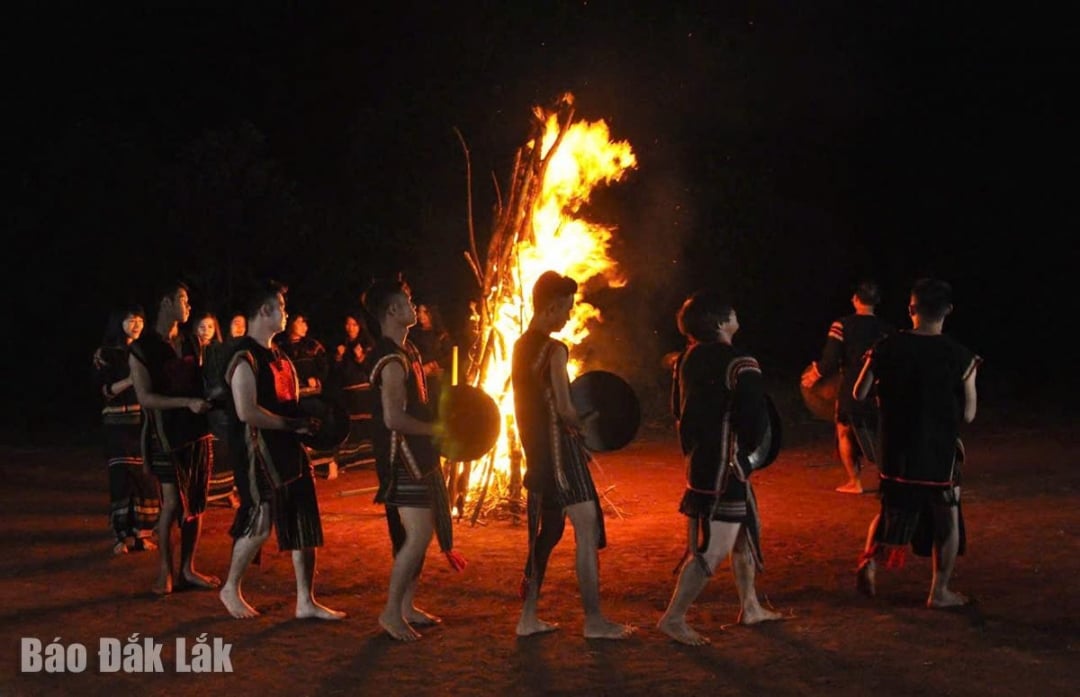 |
| Magical Central Highlands night. Photo: Huu Hung |
The door to exchange and integration between the Central Highlands and the outside world continues to be opened thanks to the efforts and dedication of domestic and international scientific researchers from the second half of the 19th century to the present. The Central Highlands has been more and more widely known and understood through many works by typical "folklorists" such as the late Professor Tu Chi, Nguyen Dong Chi, To Ngoc Thanh, Ngo Duc Thinh... They came to this land with the same mindset as the former "Central Highlands scholar" Jacques Dournes with a new mission: to honor the Central Highlands Gong Cultural Space; to collect, preserve and maintain the massive and unique epic treasure of the ethnic groups here. These achievements/heritages have contributed to positioning and promoting the economic, cultural and social life of the Central Highlands to develop more and more sustainably.
For me, there are many others - who are somehow silently opening up the source of history and culture of the Central Highlands, which continues to flow and spread strongly in contemporary life. I remember once People's Artist Y San Aleo (former Head of the Dak Lak Ethnic Song and Dance Troupe) shared: "This land is always a source of creative inspiration for those who come here to learn and explore".
Besides the late musician Y Son Nie, current artists and artisans such as Vu Lan, Truong An, Nguyen Duc, Nguyen Truong have continuously inherited, stylized and created more to revive and sublimate those rustic bamboo musical instruments in today's cultural and artistic life. These are the clapper flute, the resonant ching kram, the wind-worn ching, the electronically amplified b'roh... created by the hands and minds of those who love and are passionate about the Central Highlands culture mentioned above, contributing to opening up the space and amplitude of perception and enjoyment of folk music here to become more flexible and lively.
Looking back at the flow of history, culture and humanity in that "Mysterious Land", I have seen and believed that those who come here "love to understand - understand to love" the Central Highlands more than the very real attitude, feelings and responsibilities of everyone, every generation - regardless of any country or ethnicity, once they have chosen to live and be attached to this land rich in identity.
Source: https://baodaklak.vn/van-hoa-du-lich-van-hoc-nghe-thuat/202505/nhung-nguoi-da-hieu-va-yeu-tay-nguyen-e8a0686/


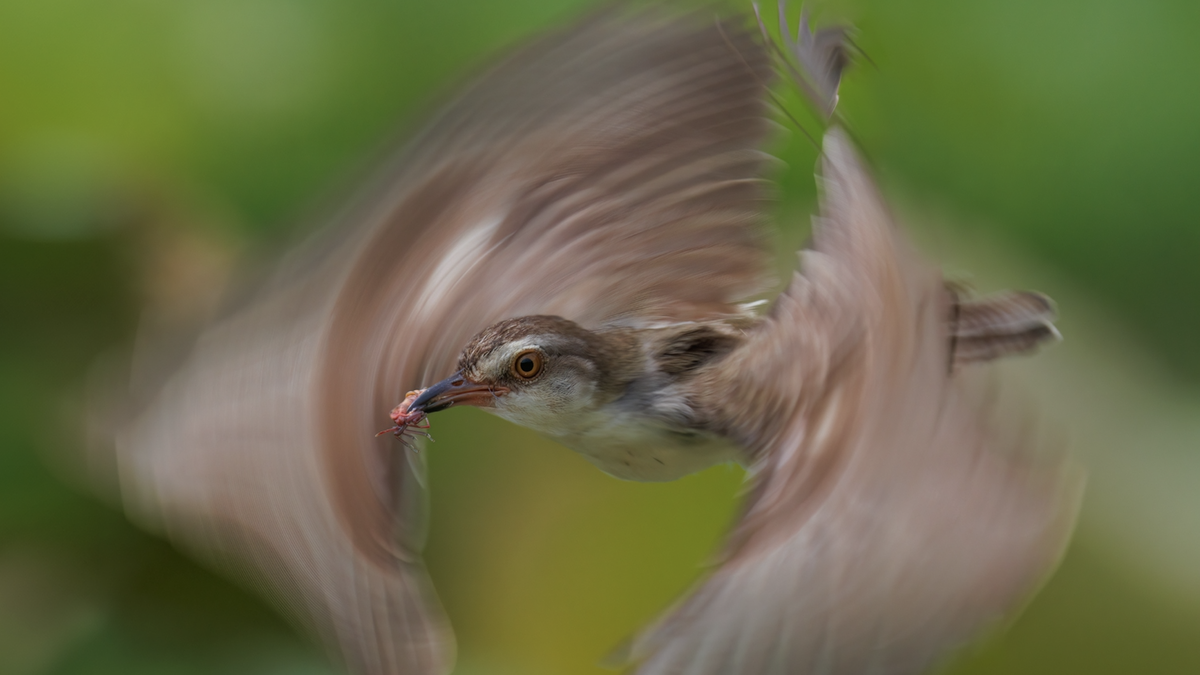

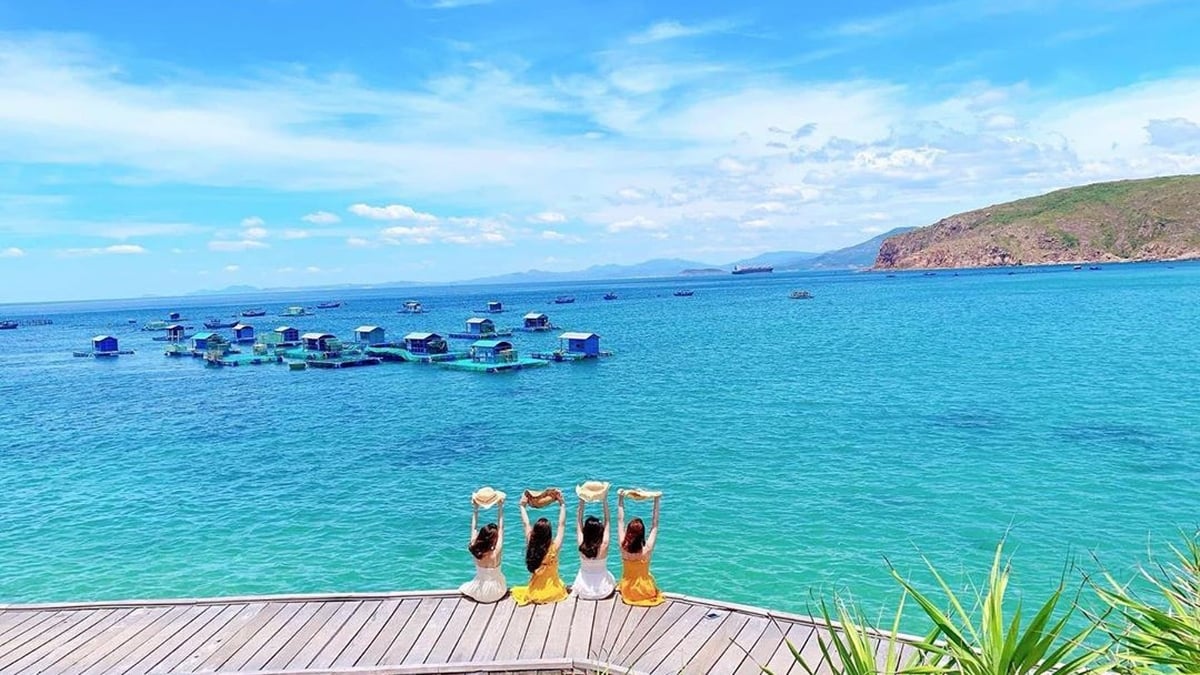

![[Photo] Official welcoming ceremony for French President Emmanuel Macron and his wife on a state visit to Vietnam](https://vphoto.vietnam.vn/thumb/1200x675/vietnam/resource/IMAGE/2025/5/26/a830702ef72f455e8161b199fcefc24d)
![[Photo] Pink ball and table tennis](https://vphoto.vietnam.vn/thumb/1200x675/vietnam/resource/IMAGE/2025/5/26/d9f770bdfda243eca9806ea3d42ab69b)
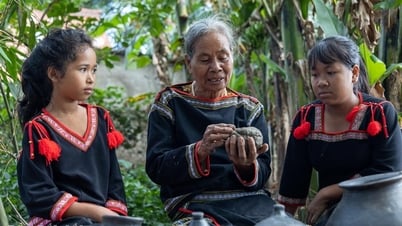
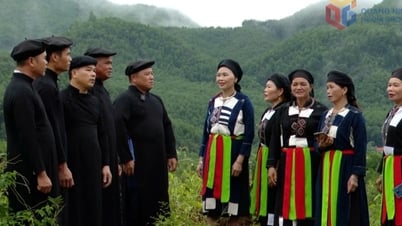

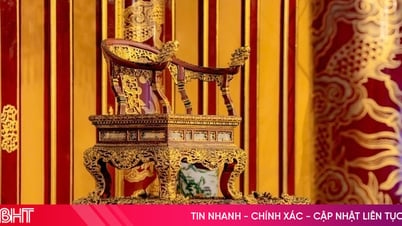

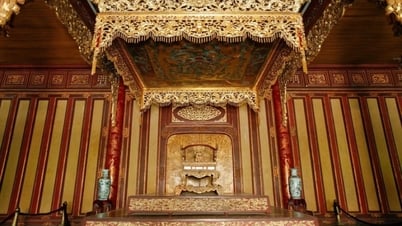

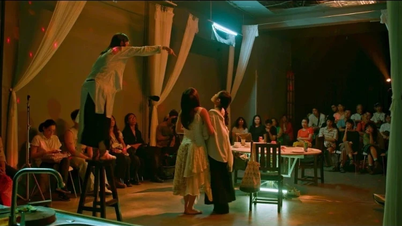







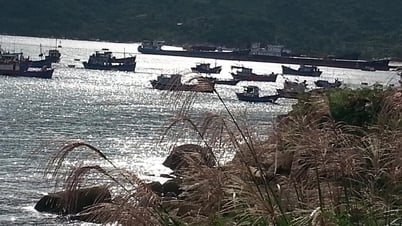

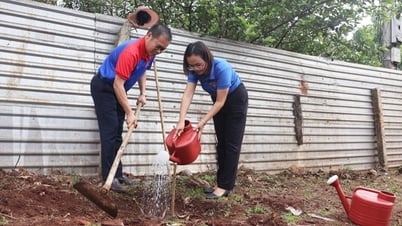
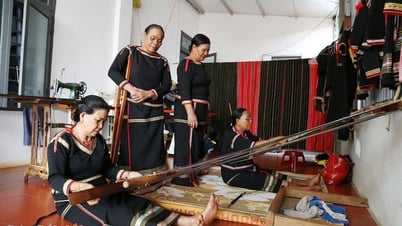
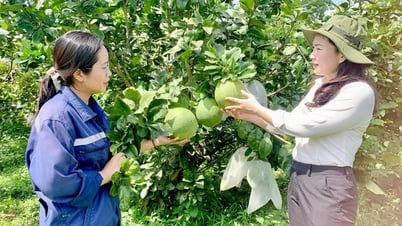


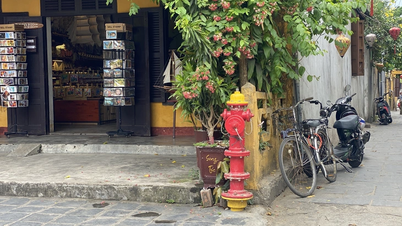

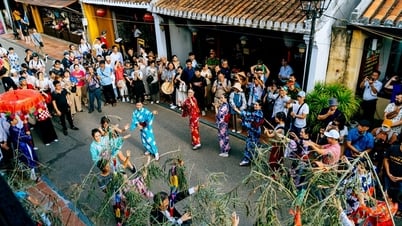








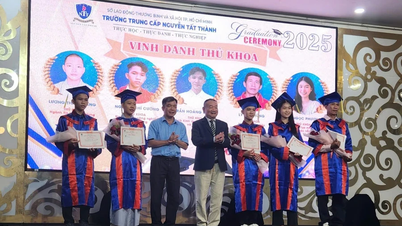





















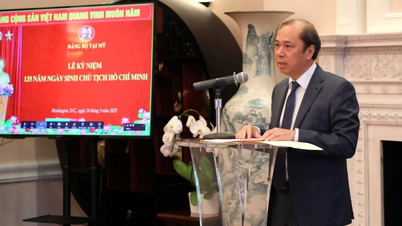


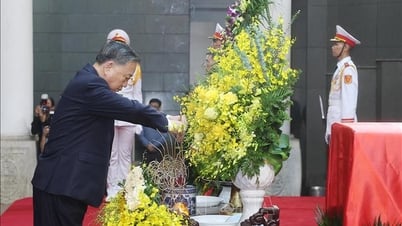







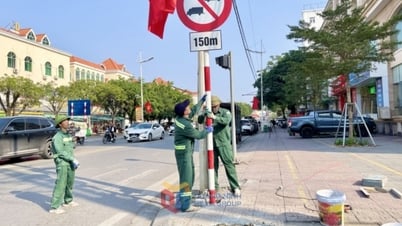


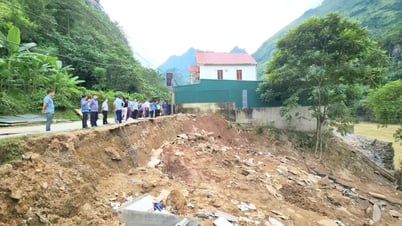

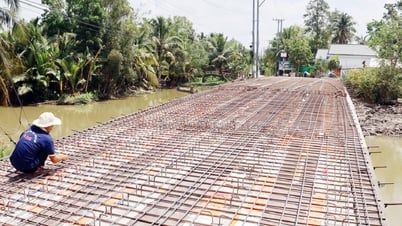














Comment (0)